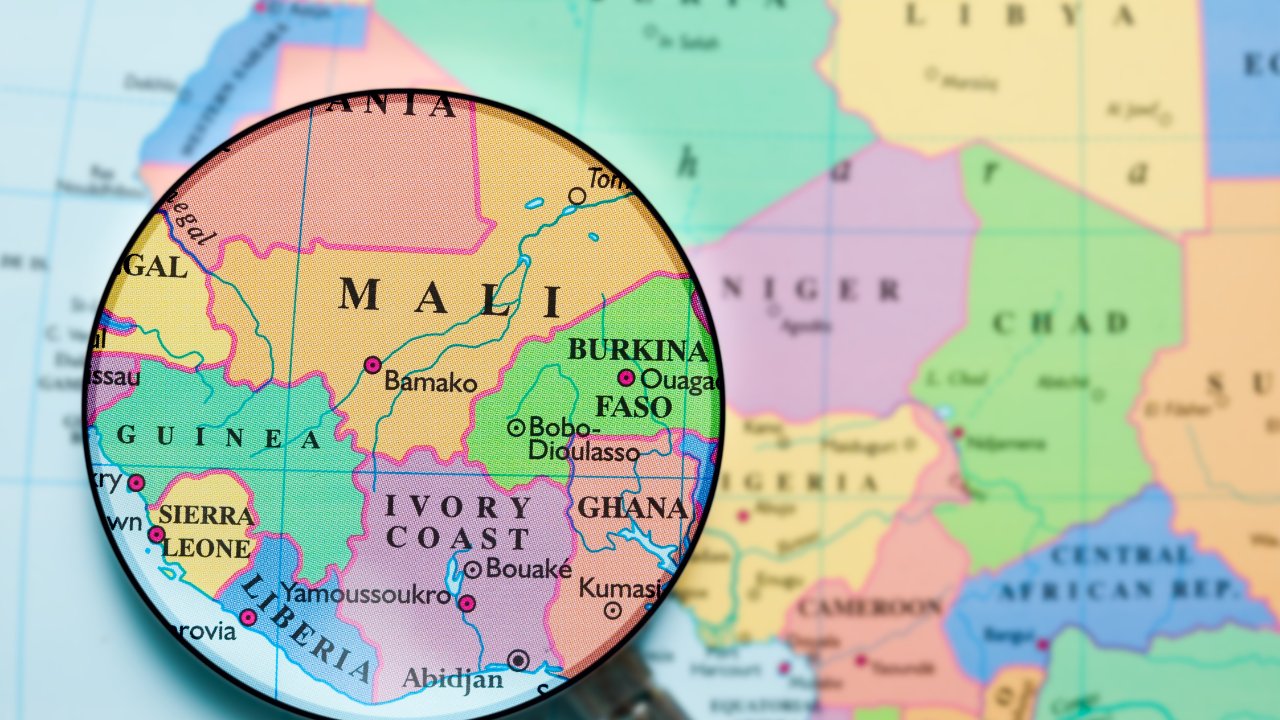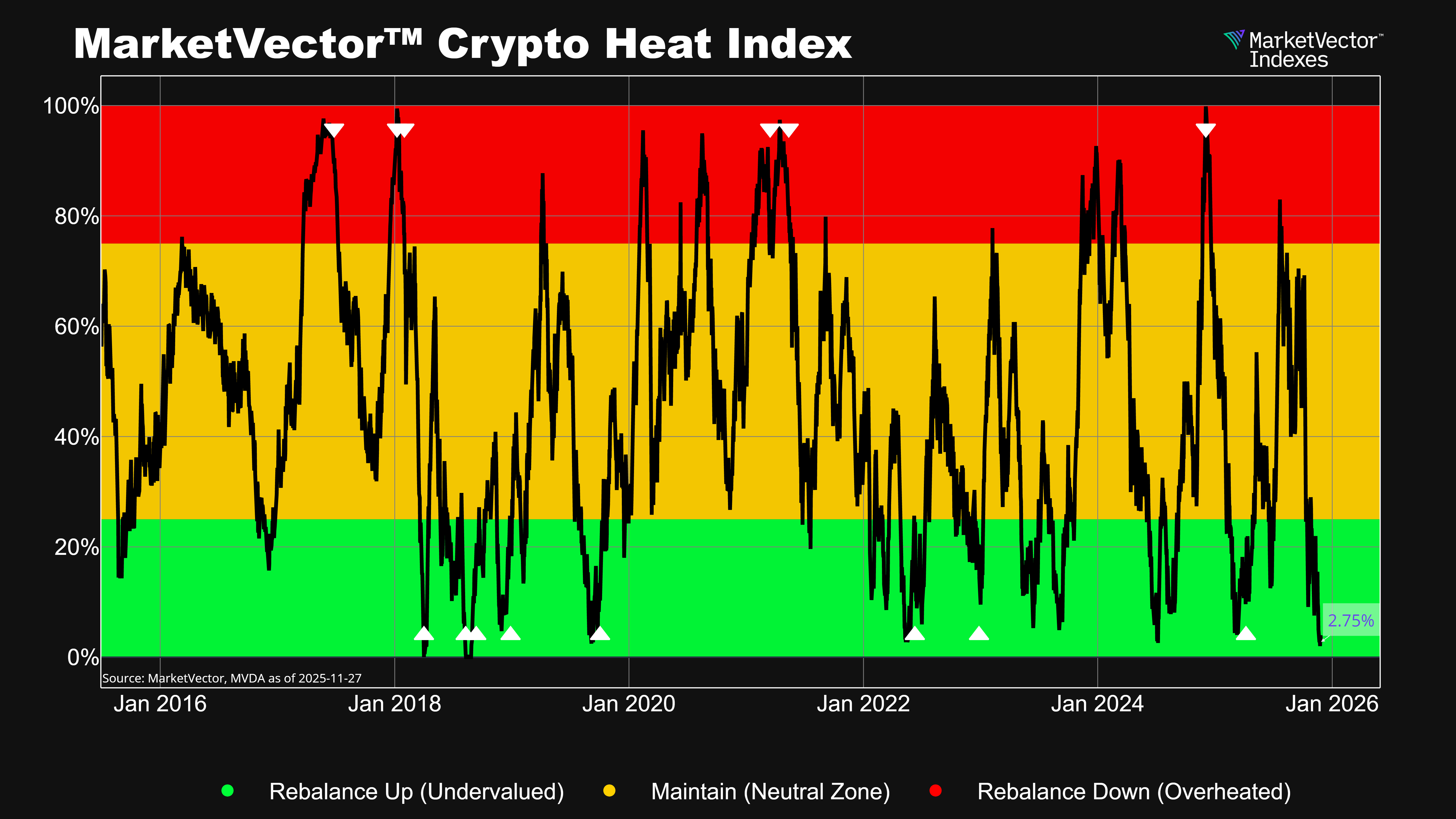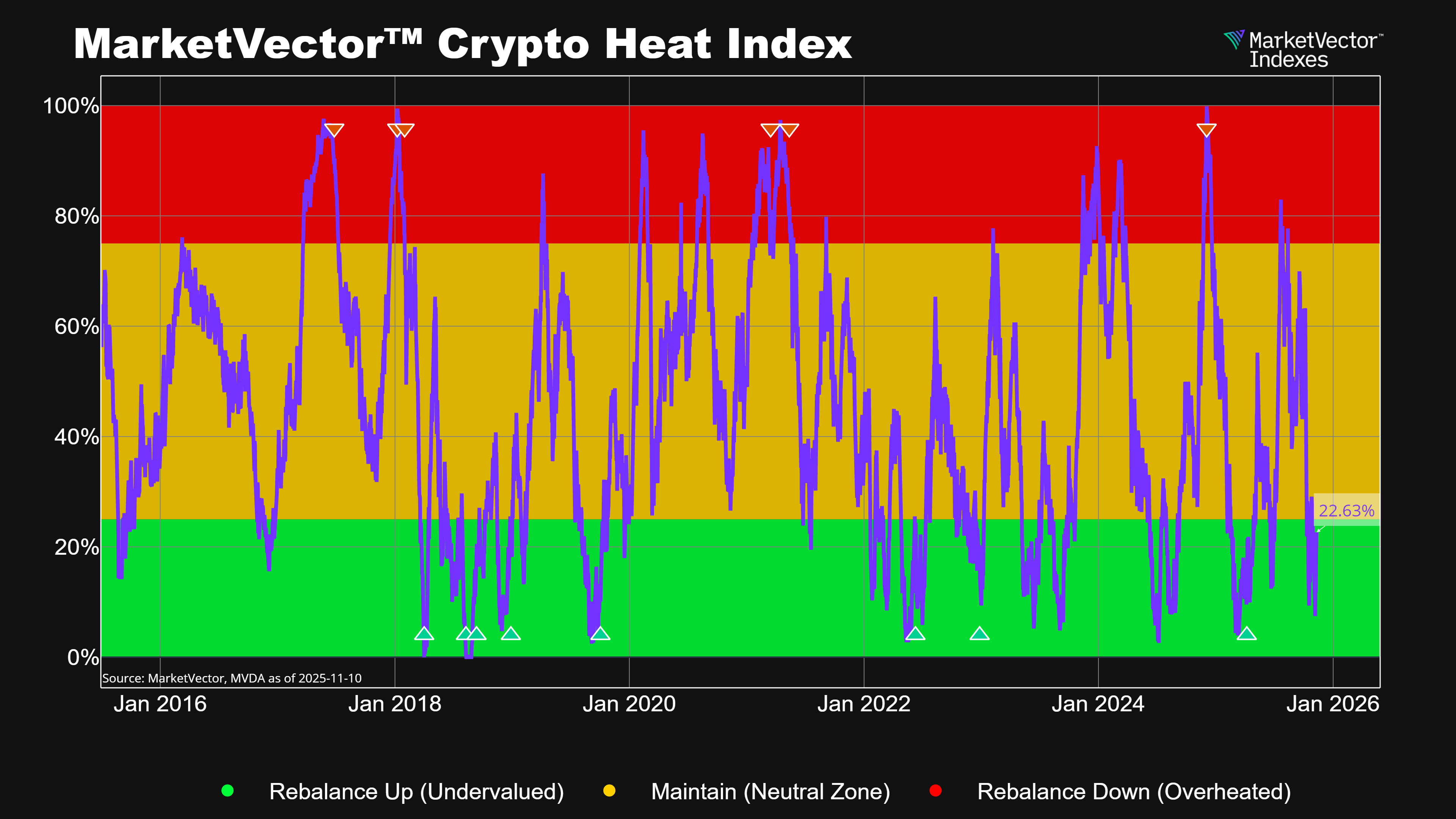The Bourse Régionale des Valeurs Mobilières (BRVM) is a regional stock exchange that brings together eight West African countries under a single market infrastructure and currency. With a market capitalization of 12.3 trillion CFA francs ($21.1 billion) in equities and 10.8 trillion CFA francs ($19.2 billion) in bonds[1], the exchange serves a population of approximately 152 million people. BRVM stands as both a notable example of pan-African capital market development and a case study in regional financial cooperation.
BRVM's significance extends beyond its current market size. As the financial backbone of the West African Economic and Monetary Union (UEMOA), it has successfully integrated eight diverse economies under a single regulatory framework, providing currency stability through the Euro-pegged CFA franc and serving as a catalyst for regional economic integration that aligns with broader African Continental Free Trade Area (AfCFTA) objectives.
Regional integration born from economic necessity
BRVM's origins trace back to the broader West African integration movement that began with the West African Monetary Union treaty of November 14, 1973. The exchange emerged from a recognition that individual West African countries lacked the economic scale to support viable national stock exchanges. The decisive moment came with the UEMOA Treaty signed January 10, 1994 in Dakar, which formally established the institutional framework for regional financial markets.
Economic Profiles of Member States
The UEMOA region encompasses economic diversity despite shared monetary and regulatory frameworks. Together, the eight economies represent a market of 152 million people and a GDP worth $220 billion, or about 9% of the sub-Saharan African market, according to IMF’s 2025-04 World Economic Outlook report[2].
- Côte d'Ivoire dominates as the region's economic powerhouse, accounting for approximately 40% of UEMOA's total GDP. With GDP per capita of $2,723 in 2024 and a population exceeding 31 million, the country serves as the world's largest cocoa producer and a major cashew processor. Real GDP growth is projected to average 7% in 2024-25, driven by increased cocoa production, infrastructure investment, and exploitation of the Baleine oil field. The economy has diversified beyond agriculture, with industry's share of GDP rising from 16.4% in 2000 to 22% in 2022[3].
- Senegal, the second-largest economy, recorded GDP of $32.9 billion in 2024 with a population of 19.9 million. The country's economy is transitioning toward hydrocarbon production, with real GDP growth of about 6% in 2024 driven by strong performance in the hydrocarbon sector. Traditional sectors include phosphates, fishing, and agriculture, which employs 21.6% of the workforce[4]. However, fiscal challenges persist, with public debt reaching 119% of GDP in 2024[5].
- Burkina Faso and Mali face significant challenges due to security concerns and political instability. The withdrawal of Mali, Niger, and Burkina Faso from ECOWAS took effect on January 29, 2025, though they remain BRVM members. These landlocked economies rely heavily on agriculture and mining, particularly gold production.
- Benin and Togo serve as important transit economies, benefiting from their coastal positions and ports. Both countries have been working to position themselves as regional logistics hubs, particularly for landlocked neighbors.
- Niger faces unique circumstances with the lowest GDP per capita in UEMOA at $708 in 2024, despite recent uranium and oil discoveries. The country's economy remains largely agricultural and pastoral.
- Guinea-Bissau, the smallest UEMOA economy, continues to struggle with political instability and limited economic diversification, relying primarily on cashew nut exports and fishing.
Economic disparities remain pronounced across the union. Côte d'Ivoire had the highest GDP per capita at $2,723 while Niger had the lowest at $708 in 2024, and gaps in per capita income among member countries have continued to widen due to significant variations in economic growth according to the IMF's 2025 assessment. Despite these challenges, economic growth rose above 6 percent in 2024, near the average of the past decade for the region as a whole.
The establishment and early development
Following the institutional framework established by the UEMOA Treaty, the exchange began operations on September 16, 1998, replacing the former Abidjan Stock Exchange with a regional model. All eight UEMOA member countries—Benin, Burkina Faso, Côte d'Ivoire, Guinea-Bissau, Mali, Niger, Senegal, and Togo—became shareholders in this venture. The Central Bank of West African States (BCEAO) led the development project, and the Regional Council for Public Saving and Financial Markets (CREPMF, now AMF-UMOA) was established as the supranational regulator in November 1997.
The exchange achieved several early milestones[6] that highlighted its distinctive approach. The launch of decentralized electronic trading in March 1999 connected all member countries via satellite network—making BRVM one of Africa's first fully electronic exchanges. The transition to continuous trading in September 2013 marked a significant evolution from fixed sessions, while the Elite BRVM program partnership with London Stock Exchange in 2018 brought international recognition. BRVM's full membership in the World Federation of Exchanges in May 2021 contributed to its recognition among global exchanges.
Early challenges included limited liquidity, heavy concentration in Ivorian companies, and the complex task of harmonizing regulatory standards across eight sovereign states. Infrastructure investment in satellite networks and electronic systems required substantial coordination, while market adoption needed extensive investor education across diverse economies.
Yearly Transaction Volume
Figure 1: Thin trading activity remains a persistent feature of frontier markets. At BRVM, however, transaction volumes rose from 396 billion CFA francs in 2023 to 462 billion CFA francs in 2024, according to Reuters[7].
BRVM's regional model provides structural benefits compared to national exchanges. Economies of scale spread infrastructure costs across eight countries and 137 million people, while regulatory harmonization eliminates compliance complexity for cross-border operations. Risk diversification across multiple economies reduces single-country exposure, and currency stability provides predictable returns for international investors. However, the model faces challenges including liquidity constraints from limited trading volumes, market concentration with Côte d'Ivoire accounting for a significant portion of listings, and political vulnerability to regional tensions that can affect market confidence.
Recent initiatives demonstrate BRVM's evolution toward sustainable finance and expanded access. The BRVM-GGGI partnership signed in April 2024 with the Global Green Growth Institute focuses on developing Green, Social, and Sustainability (GSS) bonds across all member countries[8]. A collaboration with Luxembourg Stock Exchange since 2022 has enhanced sustainable finance capabilities and international investor education through the BRVM Academy.
SME access initiatives have been strengthened through partnerships like the BRVM-BADEA agreement in October 2024 with the Arab Bank for Economic Development in Africa, which aims to improve SME access by providing technical and financial support for smaller companies.
Market Capitalization
Figure 2: There are 47 equity securities listed on BRVM. However, the market structure shows significant concentration in telecommunications giants and Ivory Coast companies.
Beyond market size: BRVM's strategic importance
BRVM's significance transcends its current market capitalization, illustrating regional financial cooperation and a practical case study for pan-African capital markets development. The exchange represents the successful integration of eight sovereign economies under unified financial market infrastructure—a model that could inform broader African integration efforts.
For Francophone West Africa specifically, BRVM provides essential access to long-term capital that individual countries could not efficiently support through separate exchanges. The regional approach enables economies of scale for infrastructure investment, regulatory efficiency through unified standards, and risk diversification across multiple countries that strengthens investor confidence.
BRVM’s 26-year track record demonstrates that regional stock exchanges can achieve sustainability where fragmented national markets often face challenges. Its experience shows that well-designed regional institutions can help overcome the limitations of smaller economies by ensuring currency stability, regulatory harmonization, and shared infrastructure costs.
BRVM in the MarketVector™ Total Global Equity Index
As of Q4 2025, the MarketVector™ Total Global Equity Index (MVTGLE) includes fourteen BRVM-listed companies spanning six of the eight UEMOA member countries (excluding Guinea-Bissau and Togo). This reflects a change in composition, with four additions and one deletion since end-2024.
The BRVM component of the MVTGLE resembles the regional exchange's sectoral composition, with nine financial services companies (primarily regional banks), three telecommunications giants, and two consumer staples companies. Mirroring BRVM's overall structure, the telecommunications sector dominates this index representation, with Sonatel (SNTS) and Orange Côte d'Ivoire accounting for approximately 50% of total free float market capitalization among BRVM components as of September 2025.
Here is a short description of each BRVM-listed company included in the MVTGLE:
Banque Internationale pour l’Industrie et le Commerce du Bénin (BICB) – is a commercial bank based in Benin. The bank completed its initial public offering in April 2025, representing the latest listing on BRVM.
Bank of Africa Benin SA (BOAB) – is a Benin based company that provides commercial banking services.
Bank of Africa Cote d'Ivoire SA (BOAC) – is an Ivory Coast based banking company that engages in the provision of banking and financial services.
Bank of Africa Mali (BOAM) – is a Mali based banking company.
Bank of Africa Niger (BOAN) - is a Niger based company that provides commercial banking services.
CORIS Bank International (CBIBF) - is a Burkina Faso-based financial institution (the Bank) engaged in the banking sector.
Onatel SA (ONTBF) - is a Burkina Faso-based company engaged in the telecommunication industry.
Orange Cote d'Ivoire SA (ORAC) – is an Ivory Coast based company which provides mobile communications services.
Société Nationale des Telecommunications du Senegal SA (SNTS) - is a Senegal-based telecommunications provider offering fixed, mobile, internet, and data services.
Société Generale Cote D'ivoire SA (SGBC) - is an Ivory Coast-based bank.
Nestlé Côte d'Ivoire SA (NTLC) - is an Ivory Coast-based company engaged in the food processing sector.
Palmci SA (PALC) - is an Ivory-Coast based company engaged in the management of industrial palm oil plantations.
Société Ivoirienne de Banque (SIBC) - is a Cote d'Ivoire based company that provides banking services.
Société de Caoutchoucs de Grand-Bereby (SOGC) - is an Ivory Coast-based company with a focus on management of oil palm and rubber tree plantations.
Figure 3: BRVM listed companies included in MVTGLE. Rebased to 100 as of 12/31/2024
For informational and advertising purposes only. The views and opinions expressed are those of the authors but not necessarily those of MarketVector Indexes GmbH. Opinions are current as of the publication date and are subject to change with market conditions. Certain statements contained herein may constitute projections, forecasts, and other forward-looking statements, that do
not reflect actual results. It is not possible to invest directly in an index. Exposure to an asset class represented by an index is available through investable instruments based on that index. MarketVector Indexes GmbH does not sponsor, endorse, sell, promote, or manage any investment fund or other investment vehicle that is offered by third parties and that seeks to provide an investment return based on the performance of any index. The inclusion of a security within an index is not a recommendation by MarketVector Indexes GmbH to buy, sell, or hold such security, nor is it considered to be investment advice.
[1] https://www.brvm.org/en/summary (as of the closing of 08/25/2025).
[2] https://www.imf.org/en/Publications/WEO/weo-database/2025/april
[3] https://www.afdb.org/en/countries/west-africa/cote-d%E2%80%99ivoire/cote-divoire-economic-outlook
[4] https://data360.worldbank.org/en/indicator/WB_WDI_SL_AGR_EMPL_ZS
[5] https://www.reuters.com/world/africa/senegals-billions-hidden-debt-why-it-is-an-imf-headache-2025-07-24/
[6] https://www.brvm.org/en/node/61597
[7] https://www.reuters.com/world/africa/west-african-brvm-stock-exchange-hit-record-value-2024-2025-01-16/
[8] https://gggi.org/gggi-and-brvm-partner-to-enhance-access-to-green-bonds-in-west-africa/
Get the latest news & insights from MarketVector
Get the newsletterRelated:




